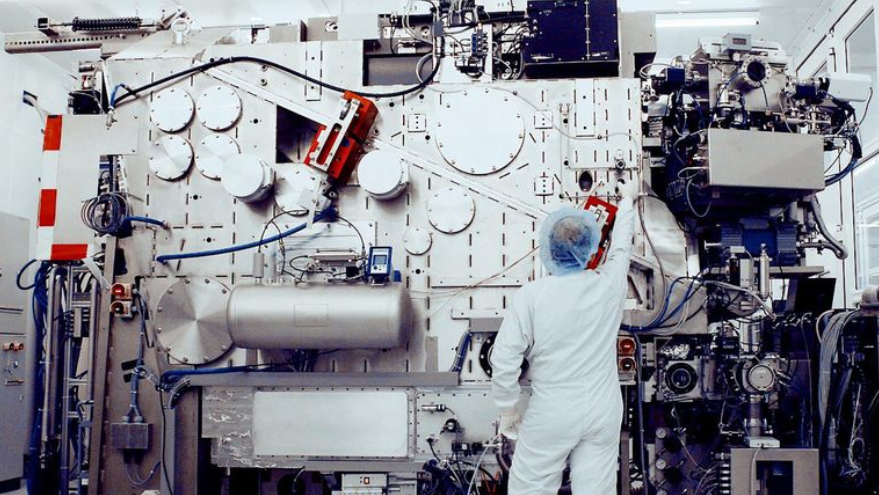
European semiconductor lobby SEMI Europe cautions against EU plans to limit outbound investments in foreign chip technologies. The group argues such restrictions could hinder European companies’ agility and relevance in the global market, potentially impacting cross-border research collaboration.
Concerns over investment restrictions
SEMI Europe represents around 300 European semiconductor companies and institutions, such as ASML and NXP. Proposals are being considered to screen European investments in foreign semiconductor, AI, and biotechnology companies. But no EU decision is anticipated before 2025.
In addition to the proposals for screening outbound investments, the EU is also advancing legislation to monitor inbound investments from foreign entities that could pose security risks. This includes acquisitions of European ports, nuclear facilities, and sensitive technologies.
The United States has proposed draft regulations to ban certain investments in China that could jeopardize U.S. national security. This is part of a larger effort to prevent U.S. expertise from aiding China in developing advanced technologies and dominating global markets.
SEMI Europe has stated in a document outlining its recommendations that European semiconductor companies need to have as much freedom as possible in their investment decisions, or they risk losing their agility and relevance. The lobby encourages the European Commission to address these issues more thoroughly.

The importance of semiconductor innovation
The semiconductor industry is crucial for the modern global economy, driving innovation in various sectors such as artificial intelligence, electric vehicles, and telecommunications. Semiconductors are the backbone of modern electronics, enabling advancements in computing power, energy efficiency, and miniaturization of devices. European companies like ASML, NXP, STMicroelectronics, and Infineon are at the forefront of this technological evolution, contributing significantly to the global semiconductor value chain.

